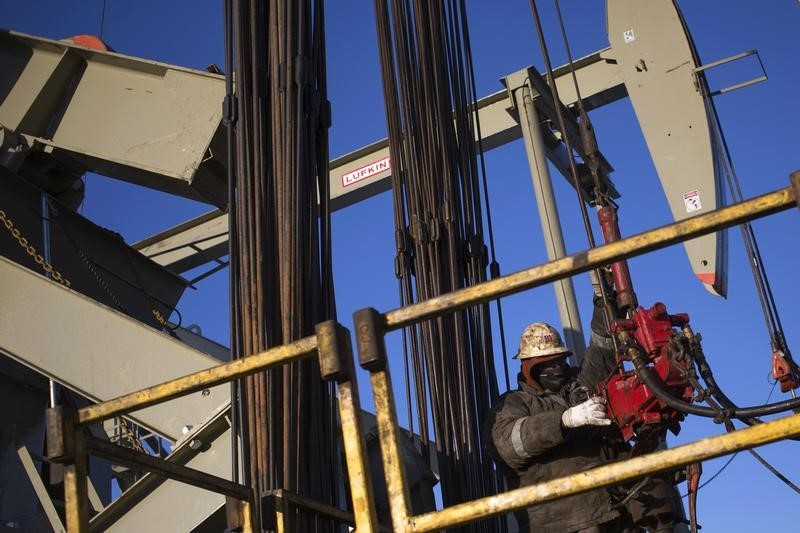Investing.xom — After weeks of volatility, prices have rebounded more than $5 per barrel from recent lows, although they remain $8 per barrel lower than levels seen a month ago.
The key question now is whether this rally will continue or fade away. Analysts at JP Morgan are cautiously optimistic and point to several factors that could support the recovery in the near term.
JP Morgan had previously indicated that the market was stretched on the short side, with risk/reward dynamics favoring a price rally.
That call turned out to be timely, as prices have since risen by more than $5 per barrel.
After discussions with JP Morgan oil traders, analysts now see more potential for upside, highlighting some supportive market dynamics.
U.S. crude inventories, especially at the Cushing depot, are rapidly tightening, with inventories potentially approaching minimum operating levels. This supply constraint could support the market and prevent prices from falling too far.
In addition, ongoing disruptions to Libyan production, which many had expected to resolve quickly, are lasting longer than expected.
This prolonged absence of Libyan crude oil puts further pressure on global supply.
In addition to supply disruptions, new refining capacity coming on stream could boost crude oil demand, further tightening the market.
In addition, current low prices could weigh on future production growth, especially from non-OPEC producers, whose plans could be scaled back in a lower price environment.
Geopolitical risks also continue to play a role, with tensions in Ukraine, Israel and Hezbollah and the upcoming US elections all contributing to a volatile environment that could easily push up prices.
While none of these factors alone would be enough to completely reverse broader bearish sentiment, together they create a scenario in which oil prices could normalize at higher levels.
JP Morgan added that the recent sell-off in oil prices was likely driven by the market’s anticipation of lower prices in 2025, especially given concerns about a potential supply glut.
However, the analysts believe the market has overreacted, currently trading around $10 per barrel below the fair value of $82 per barrel.
Global crude inventories, the brokerage notes show, are at their lowest level since 2017, currently at 4.42 billion barrels, well below last year’s levels when Brent was trading closer to $92 a barrel.
This decoupling suggests that the market may be underestimating the current supply crunch, leaving room for further price recovery.
Despite the short-term bullish signals, the brokerage acknowledges the longer-term uncertainties. JP Morgan’s forecasts for 2025 still point to significant oversupply, which could push Brent prices below $70 per barrel by the end of the year.
That said, the analysts acknowledge that these forecasts could be too bearish at as much as 400,000 barrels per day, meaning the supply glut may not be as severe as initially feared.
Looking ahead, JP Morgan’s preliminary analysis suggests global demand could rise by around 1 million barrels per day in 2026, with non-OPEC supply growth almost matching that of 900,000 barrels per day.


